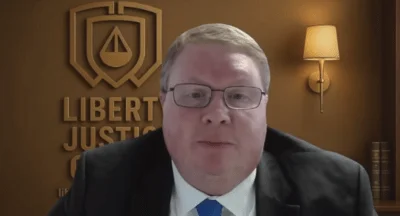A non-partisan fiscal agency reports that it has yet to come to terms with the numbers projected under Gov. J.B. Pritzker's graduated income-tax structure.
While Pritzker has been adamant about the plan generating an additional $3.4 billion in annual revenues for the state by raising tax rates on roughly 3 percent of the taxpaying population, the Civic Federation remains unsold despite its own, determined analysis.
“The Civic Federation has not been able to replicate the $3.4 billion number and the Governor’s Office has not yet provided information about the methodology used to arrive at the figure,” the group wrote on its website.

Gov. J.B. Pritzker
With the proposal requiring a constitutional amendment before it can be enacted, the earliest it could become law is 2021. Between now and then, Civic Federation officials said they plan to continue analyzing the numbers before arriving at an official position.
What does seem certain is, based on the distribution of taxable income in Illinois and the design of the graduated rate being proposed, the tax would probably mean higher taxes for more people than initial forecasts suggest. For example, a Civic Federation analysis of Pritzker’s plan based on data collected in 2016 concludes that the share of taxes paid by those earning in excess of $250,000 would rise to almost 43 percent, with those at taxable income levels of over $1 million jumping eight points to 24 percent.
Meanwhile, the share of taxes doled out by taxpayers earning $250,000 or less would decrease to roughly 57 percent.
Since July 2017, all net income in the state is taxed at the same rate of 4.95 percent. Pritzker’s plan would also see taxpayers with up to $1 million of net income make use of a tax-bracket structure similar to that applied for federal income taxes where taxpayers earning more are subject to higher rates based on certain variables.
According to the Tax Foundation, only three other states, Connecticut, Nebraska and New York, currently have similar rate-recapture structures.






 Alerts Sign-up
Alerts Sign-up